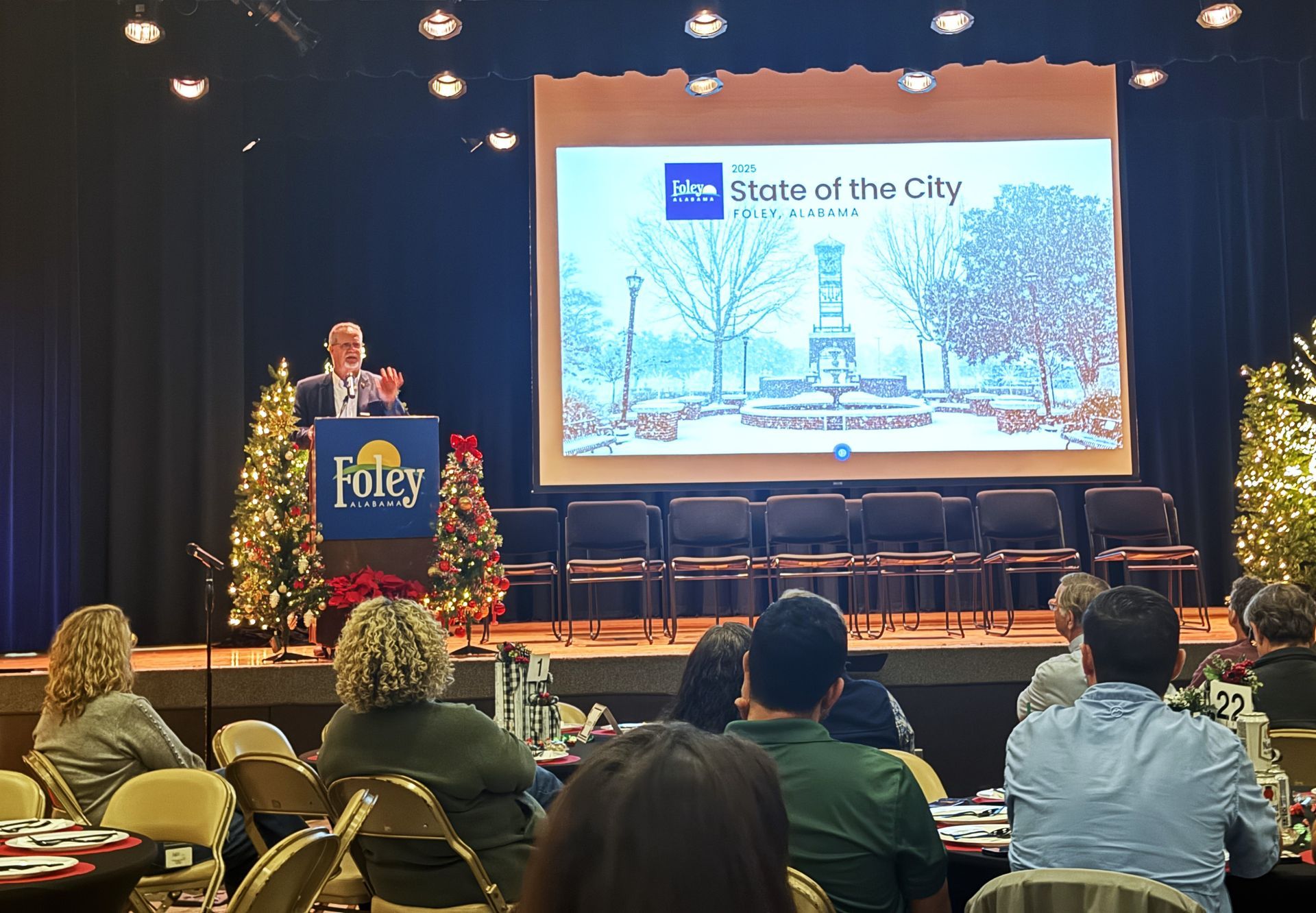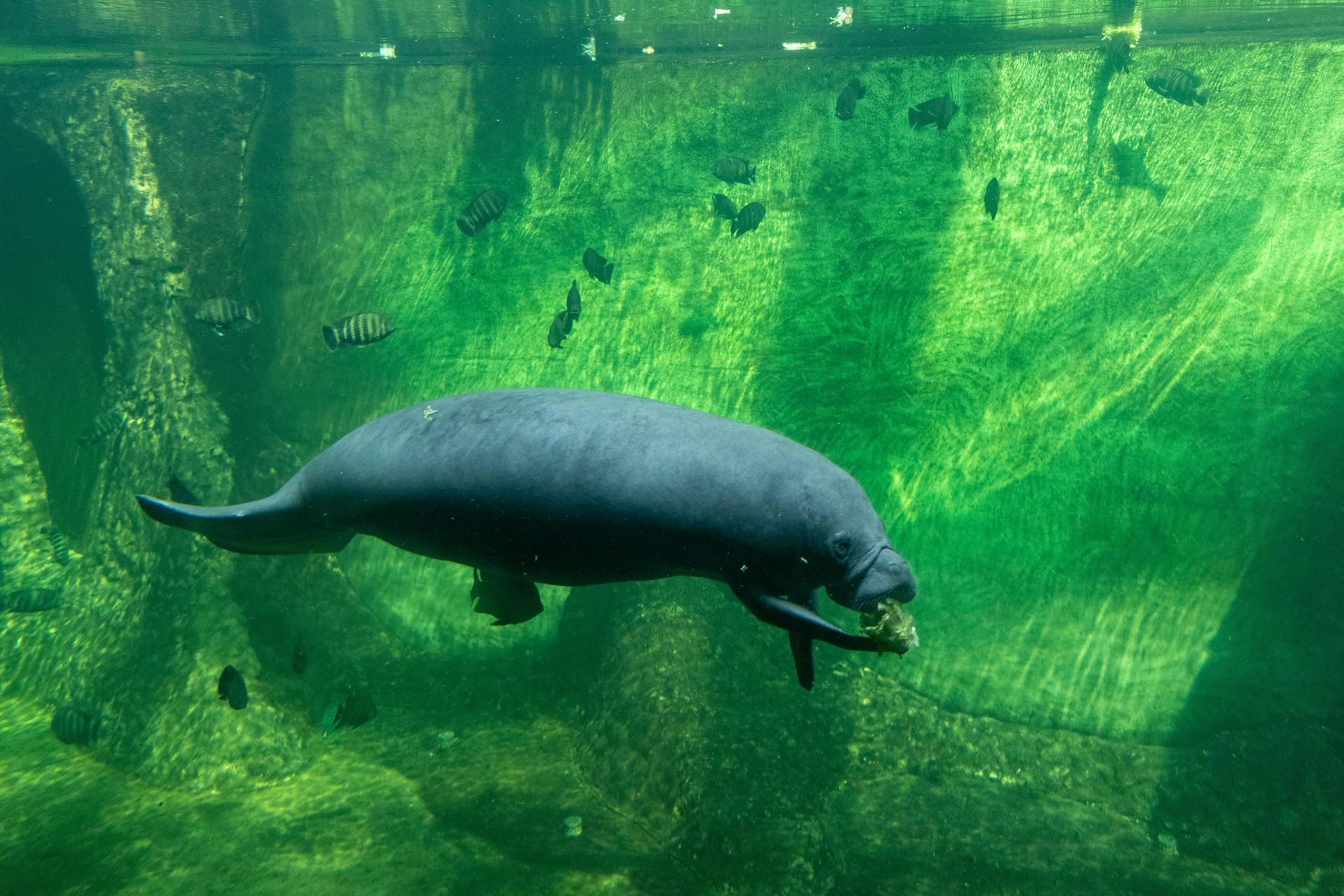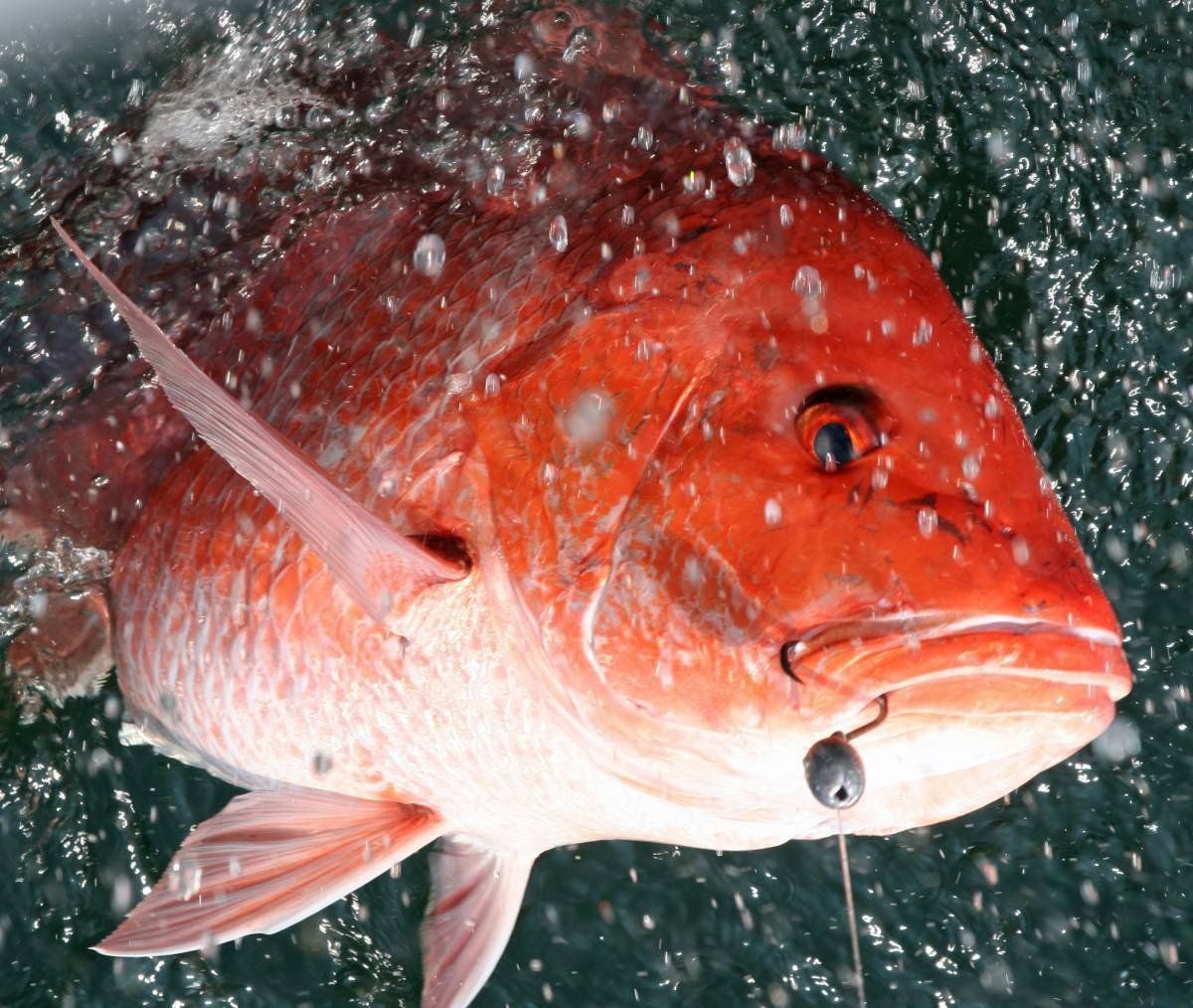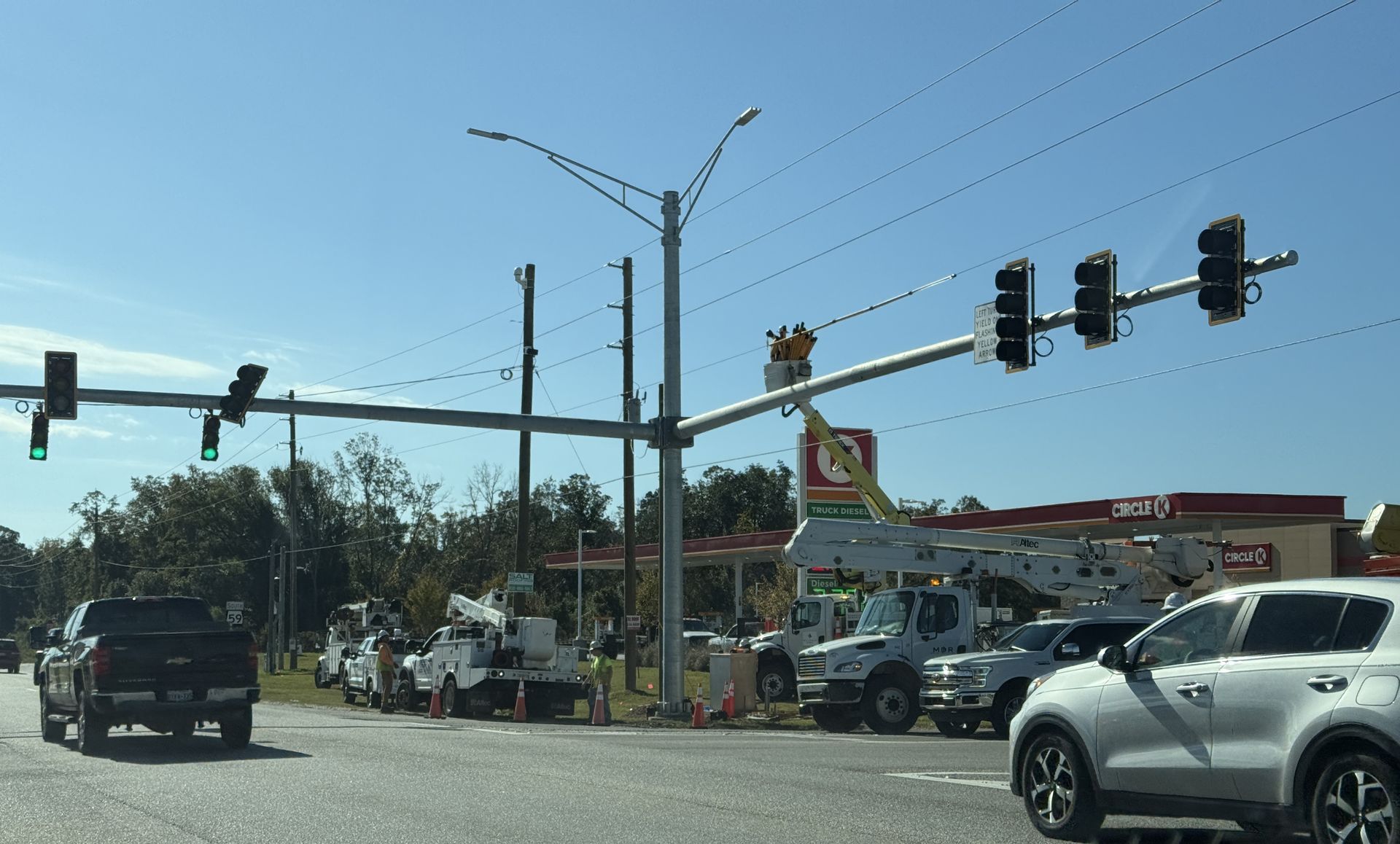Sea Oats Are More Than a Pretty Plant
They’re Vegetation With Purpose
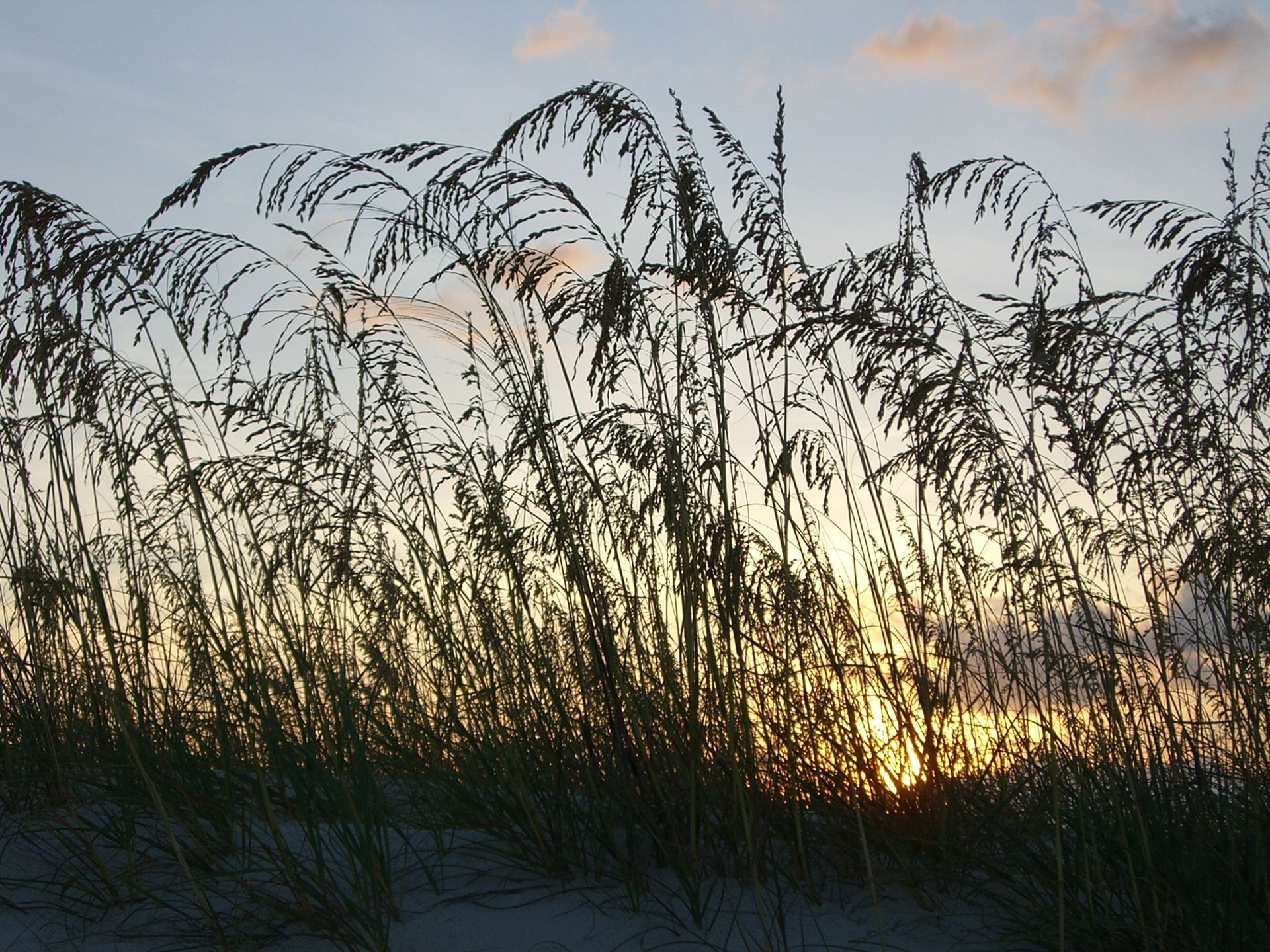
Orange Beach, Ala. – (OBA) – They’re picturesque enough to be the focal point of a watercolor beach painting, yet strong enough to defend Alabama’s 32 miles of beaches from hurricanes. Often referred to as naturally occurring storm insurance, they line our boardwalks and form the backdrop of countless vacation memories.
They’re sea oats—scientifically referred to as
Uniola Paniculata—and our pristine white beaches wouldn’t exist without them. Unrelated to traditional oats except in appearance, sea oats play a vital role in forming and strengthening the dunes that protect our coastline during storm surges.
Their massive root system can reach up to 40 ft in length and help the plants thrive during the conditions of blowing sand by holding the sand and soil in place above ground. As sand builds up at their base, the plants are stimulated to grow above the pile, catching even more sand and forming dunes in the process. As the large root system of sea oats anchors the dunes, beaches are stabilized. Without this stabilization, our beaches would experience rapid erosion, leading to the loss of valuable land.
As the aesthetic beauty of these graceful grasses add a scenic element to the coastline they protect, they also serve the ecosystem by providing food and shelter for various shorebirds and small animals like the Alabama Beach Mouse. Insects and other wildlife depend on these dunes for nesting, feeding, and shelter, which is why sea oats are so important to overall biodiversity along lower Alabama’s coastline.
They protect us. We protect them.
Because of their importance to our beaches and naturally occurring beauty, it’s little wonder why sea oats are a protected species of plant life. It’s illegal to pick or disturb them, and there are conservation efforts in place to protect and promote their growth. To learn more about the importance of sea oats, contact Gulf State Park, whose planting programs and educational initiatives aim to raise awareness about the significance of these plants in our area.
Share this article w/ Friends...
